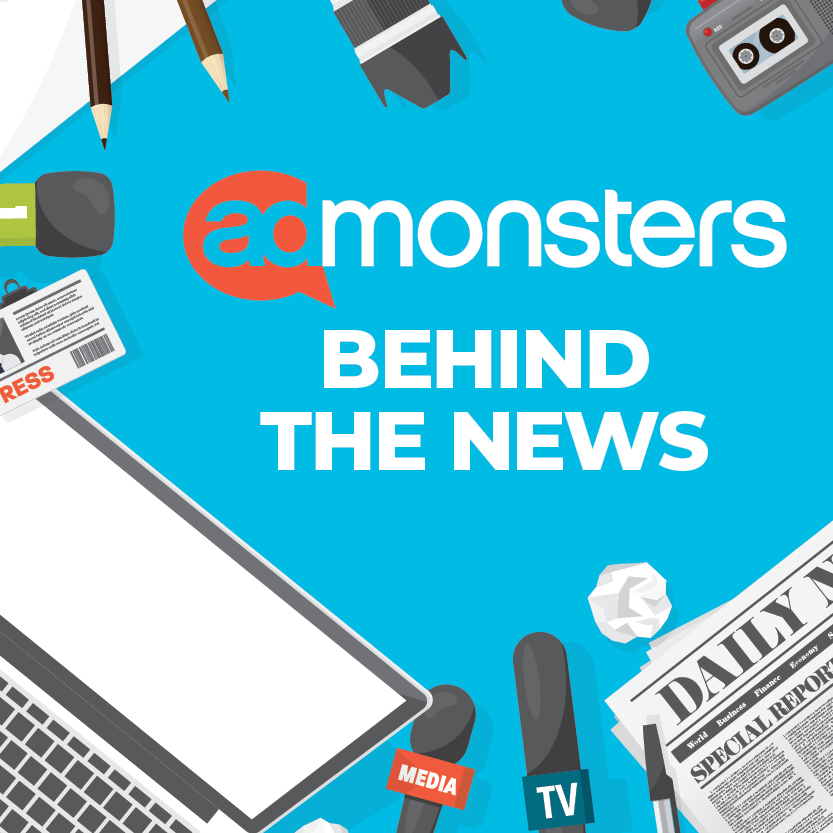Digital broadcast signals are among the hottest vehicles in television, as broadcast stations seek to find more advertising outlets and compete against national cable networks. For advertisers, they can be a new way to reach niche demographics.
Tube Music Network is a case in point. Florida-based AGU Entertainment designed the music video service for the digital frequencies of broadcast stations, the bandwidth awarded broadcasters by the federal government in order to encourage the launch of high-definition (HD) television. Because stations have some frequency left over after the allotment to HD, many want to use their “extra” bandwidth to compete with cable and earn extra ad dollars.
Raycom Media has already rolled out the Tube in 25 of its markets, says Raycom president Paul McTeer. “There is minimal downside risk. It is advertiser-friendly. We have local avails and share in a chunk of the national avails and in e-commerce online,” he says.
The Tube sells five minutes of ads an hour, and stations retain one minute. Stations can also program some local content on the Tube. That option, says McTeer, has proven especially popular with advertisers in Memphis, TN. “Beale Street [the city’s famed strip of blues clubs] has already stepped up to local sponsorship of this thing,” McTeer notes.
The Tube is not the only broadcast digital service available. Many local stations already have digital services up and running. NBC Universal-owned stations air a weather channel; ABC programs World News Now, an extension of its national news programming; and CBS has promised affiliates that it will launch a digital station of its own for them.
But the Tube is the first broadcast digital channel supplied by a third party rather than a network. AGU was started by Les Garland, who helped launch MTV. Indianapolis-based ATV Business Consulting distributes the channel because CEO Michael Ruggiero has extensive contacts among local stations.
What’s also different about the Tube is that it programs exclusively for the over-30 crowd with a mix of classic rock, adult pop, and modern rock music from groups such as The Dave Matthews Band, Green Day, and U2.
The key to success for a digital broadcast station, however, is convincing cable operators to put the channel on their digital cable lineups, since only a sliver of people receive digital broadcast signals over the air.
Cable operators seem receptive. McTeer says Raycom has signed deals with Comcast and Time Warner Cable. The upside for operators is that stations give them permission to retransmit their local signals in return for launching their digital channels.
And LIN Television has plans to launch local news and weather stations of its own in its digital spectrum, says chief financial officer/treasurer Vincent Sandusky.



